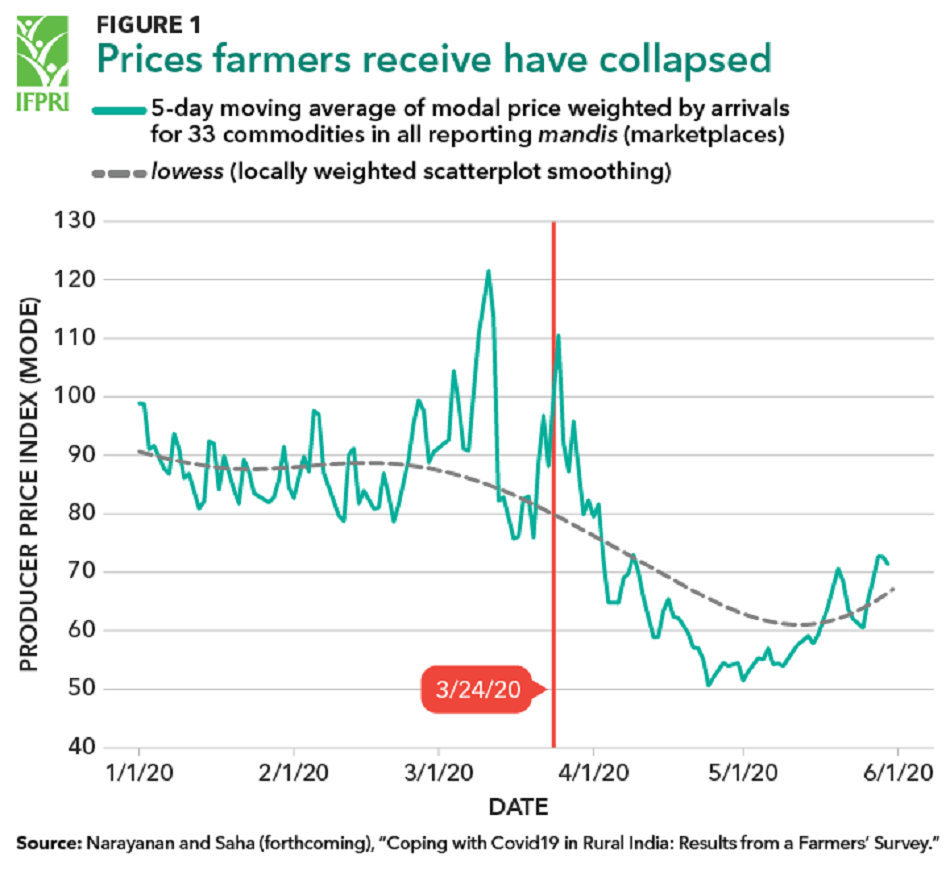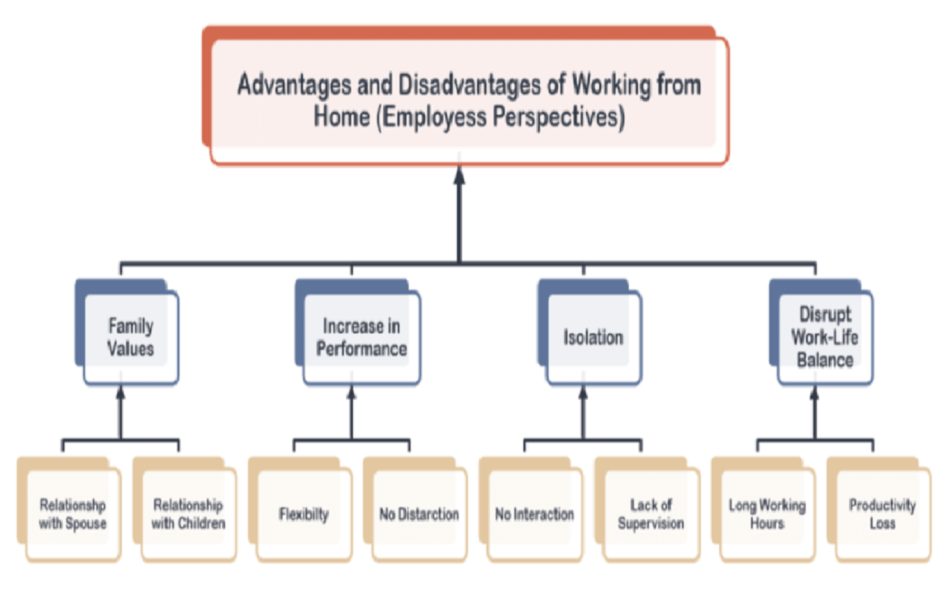- Report 1: Level of competitiveness in the food takeaway market
- Market structure
- Porter’s Five Forces
- Analysing the competition in the food market considering few points
- Report 2: Economic impact of working from home Lockdown on business practices
- Impact of lockdown on business practices
- Real life examples of the food industry
- Advantages and disadvantages of working from home
Report 1: Level of competitiveness in the food takeaway market
Native Assignment Help provides assignment help to assist students in the research, writing and proofreading process.
Market structure
The food takeaway Market is a monopolistic competition that is not identical. The industry sells fast food as a monopolistic competition from all the products that are different and they are kept advertising and marketing with the help of emphasising the differentiation of the product (Göral et al, 2021). The competition of the Food Industry describes the large number of buyers and sellers as well as produces the unique products and services that helps in attracting various customers and also acts as a substitute product which can help the company to gain at the time of any crisis or situation like pandemic. Moreover, it also has no transaction cost and is also low. It holds no barriers for entering the market and existing in the market easily.
Porter’s Five Forces
The porter's five forces in the case of food service industries operate in a highly competitive landscape. This shows the supply similar to the human needs and also indicates a competition in the market by addressing, price, prestige services as an accessibility. It says “Porter's five forces help to identify where power lies in a business situation. This is useful both in understanding the strength of an organisation's current competitive position”. It has a significant effect on the industries profitability measuring that shows the increased demands and how to control that. The home delivery services that have been implemented with the help of various new applications in the mobile and online platform for ordering food have been increasing (Nengsih et al, 2021). This is helping a lot to the restaurant owner for earning with the help of Advanced digital technology. This is the best way to meet the demands of the customers by producing the goods according to the needs of the customers. The porter's five forces explain the bargaining power of the suppliers, the threat of substitute products, the bargaining power of the buyers, and the threat of new entrants in the market.
Analysing the competition in the food market considering few points
Competition among the competitors
This explains the competitive strategies that have effective competitors and also gives a company a competitive edge. This basically relates that the food industry has a competition and also categorises for gaining the competitive advantage by using various Technologies and innovations. It brings differentiation in the product and services and also uses a variety of creative channels for the distribution of products and also sheds light on the relationship with the suppliers.
The bargaining power of suppliers
The bargaining power of the supplies explains the revenue and it is just the opposite version of bargaining power of the buyers. It gives the price for all the services and products and it is also one of the most important forces of all the porter's five forces (Nguyen and Vo, 2021). It explains the individual that acquires the funds and also the Starting amount of the other business. The supplier will choose the price of the company that sells all its products and also various industries have a weak force.
The threats of substitute products
The support to the existing product can relate with the products that are already made and helpful for the industry to gain revenue from that. Moreover, the bright arises basically from the product demand that gets affected by all the changes and has a substitute product. The food industry maintains the average checked price and it does not lose any customers when they are maintained properly. During the economic crisis the customers will choose to eat at home by ordering foods aur can opt for fast food. They prepare the food in a good way by providing better quality as well as it also reduces the focus on the customer preferences.
The bargaining power of Buyers (customers)
The bargaining power of the buyers shows the tendency for beginners and increases the price sensitivity of the customers. It reduces and also shows backward integration to the customers in the food industry. With the help in better purchase decisions the bargaining power also increases for the product that is purchased. In the food industry the bargaining powers are very strong and also the demand for the quality goods is very high. This is because people want to eat healthy food by purchasing extensive and clean foods.
The threat of new entrants
The threat to the industries of the new entrants entering into the market is very high. The reason is that it is cheaper for restaurants than any other business in the market (Appiah et al, 2021). It acquires the funds that are needed and it is low comparatively to all other businesses for giving start-up. The business focuses on the new entrance that can become a threat in the upcoming future to the businesses that are existing in the market.
Report 2: Economic impact of working from home Lockdown on business practices
Impact of lockdown on business practices

Figure 1: Impact of lockdown on business practices
Coronavirus has brutally affected every sector and part of business including the food industry. The food industry has started producing less products and the restaurant got affected the most. The food industry produces the essential commodities in daily life and the restaurant is the most effective place as it provides food to the individual. The owners of the restaurant were forced to cut off their employees or in other words to reduce the number of employees as there we are not able to gather sufficient revenue to pay them. Moreover, the restaurant business gradually turned critical as they were lacking in financial support and urged the government for financial support. Various policies have been made to reduce the impact of covid-19 and restaurants as well as the food industry and start producing the goods as earlier after the reduction of the pandemic situation.
Real life examples of the food industry
Brat, Shoreditch and A Wong, Pimlico started their business and provided work from home opportunities that have provided a lot of employment to the people. Advantage of work from home Was that it supported the economy and also provided various job opportunities. People can stay healthy at their home and start their work and it also reduces stress and maintains the work life balance at home (Appiah et al, 2021). The work from home has not always a good idea as in the starting it provides the inadequate practices of equipment and also doesn't not to provide you with the quick resolving technical challenges. this affects the business And also the biggest problem like that communication and the security plays a vital role which affects the organisation.
Advantages and disadvantages of working from home

Figure 2: Advantages and disadvantages of working from home
Advantages
The benefits of starting the work from home can provide various opportunities in the future. It helps in saving money as well as the time as the employees do not have to go to the office premises. Moreover, it also saves the time that is spent looking for a suitable business. more flexibility as it avoids becoming tied for a long-term agreement in the business (Ipsen et al, 2021). This creates the family commitment as well as the employees are always at home and this maintenance of work life balance. Employees are able to give and provide their valuable time to their children and all their family members as well. Helping the family in telling the general administration task is the main and most important advantage for the people working from home. The employees working in restaurants also feel comfortable taking orders from the people and also feel motivated to work late after working hours also with the help of work from home opportunities.
Disadvantages
The work from home opportunity cannot always be beneficial to the Employees as it can incur losses for all the business owners. this is because it provides the places which come with the prices and the employee is the Asset of the company. The officers are provided for work for the employees and there are not sufficient employees to work in that space; the place has a null field for this. There are various disadvantages of working from home that is the lack of teamwork and the community which can be the main reason that kills the collaboration.
The employees do not get and always feel comfortable about sharing their ideas online in the working hours and always spending time alone just having a look on the computer screen cannot be always effective for being productive (Ipsen et al, 2021). Lack of motivation drives the person to not achieve their goals. The unmonitored performance is also the main reason as it is tough to manage every time by checking the performance of every individual specifically. Frequent breaks can also be a main limitation as people working online will take frequent breaks because the working environment in the home is different from the working environment in the office.
Reference
Afridi, F.E.A., Jan, S., Ayaz, B. and Irfan, M., 2021. The impact of Covid-19 on E-business practices and consumer buying behavior in a developing country. Amazonia Investiga, 10(38), pp.97-112.
Appiah, M.K., Possumah, B.T., Ahmat, N. and Sanusi, N.A., 2021. Do industry forces affect small and medium Enterprise’s investment in downstream oil and gas sector? Empirical evidence from Ghana. Journal of African Business, 22(1), pp.42-60.
Dwivedi, M.K. and Kumar, V., 2021. Impact of lockdown and CSR activities undertaken by the corporates during COVID-19 in India. International Journal of Indian Culture and Business Management, 22(4), pp.558-589.
Göral, R., 2021. Competitive Analysis of the Hotel Industry in Konya by Using Porter’s Five Forces Model.
Ipsen, C., van Veldhoven, M., Kirchner, K. and Hansen, J.P., 2021. Six key advantages and disadvantages of working from home in Europe during COVID-19. International Journal of Environmental Research and Public Health, 18(4), p.1826.
Nengsih, M.K., Gayatri, I.A.M.E.M., Wagini, K.C.S. and Indriasari, N., 2021, May. Strategy of Developing: Five Competitive Force Model Case Study: SMEs Fajarwonk. In BISIC 2020: Proceedings of the 3rd Beehive International Social Innovation Conference, BISIC 2020, 3-4 October 2020, Bengkulu, Indonesia (p. 180). European Alliance for Innovation.
Nguyen, T.T. and Vo, H.T., 2021. Value chain and competitiveness of OCOP standardized clown knife fish products in Hau Giang province. Can Tho University Journal of Science, 13(3), pp.88-99.
Raišienė, A.G., Rapuano, V. and Varkulevičiūtė, K., 2021. Sensitive men and hardy women: How do millennials, xennials and gen x manage to work from home?. Journal of open innovation: technology, market, and complexity, 7(2), p.106.



